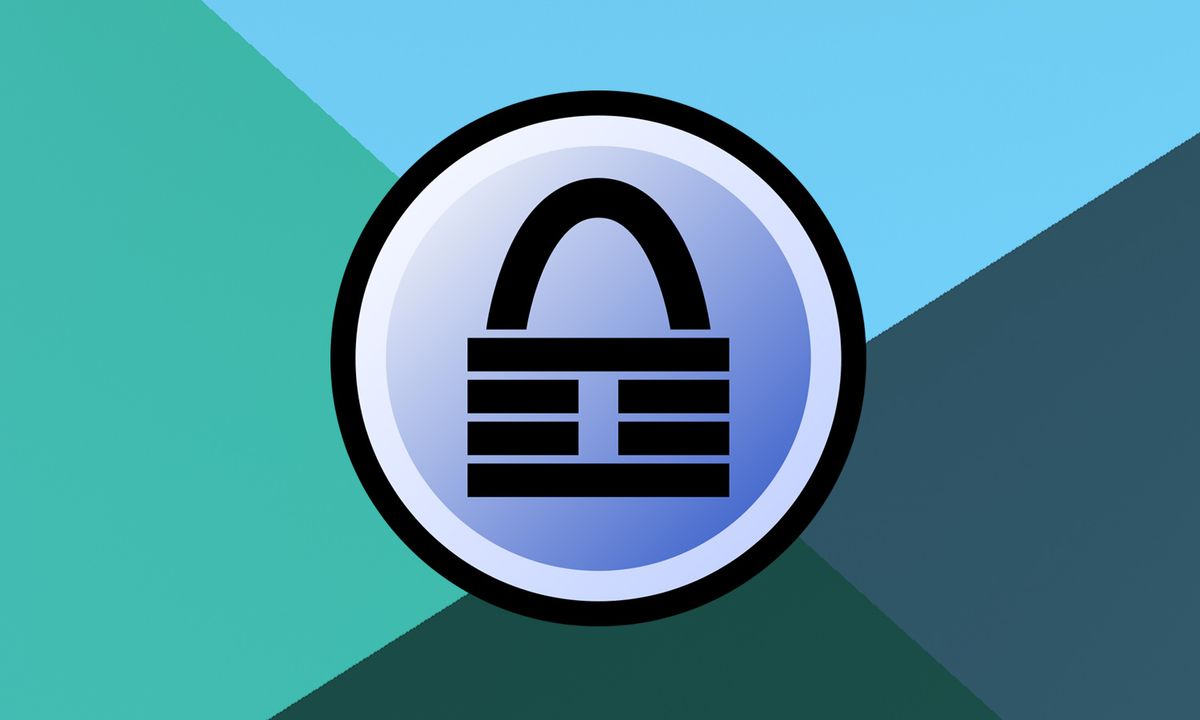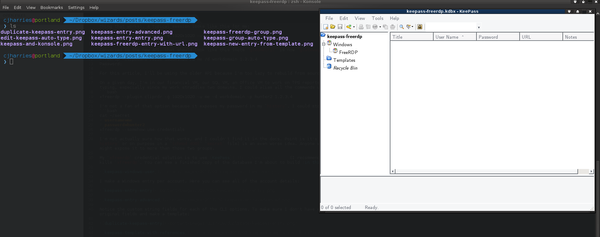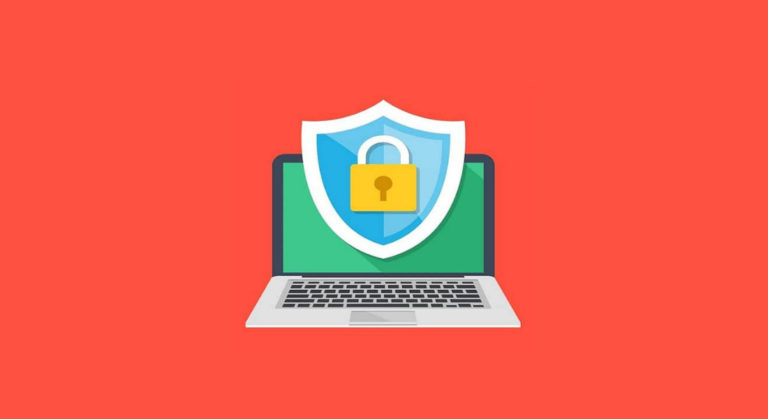

Let’s see what our initial Nmap scan brings up for us: GOAL: Obtain the user.txt and root.txt flags located within the target filesystem.As the final step, we’ll take this hash and utilize a ‘Pass-the-hash’ attack with PsExec. We’ll obtain initial access by exploiting an exposed Jenkins server that is insecurely configured, and escalate our privileges by cracking a password-protected Keepass Database file to obtain an Administrator password hash. You can find a sample flow in the node red imports where you can see some examples on how to configure the node.Welcome back everyone! Today I’ll be documenting my process through the retired Hack the Box machine, ‘Jeeves’. Thus you have a checkbox to select these parameters. the update entry operation need information on which parameters should be processed.

It's best to use the uuid to select an entry or a group as otherwise a searched is performed and the first matching entry or group will be returned. For subfolder selection use / as a separator. The root group is selected either by an empty string or using /. You can select your entry or group by name or by uuid. You can put the data into the msg.payload (get more details on this through the information panel) or configurate it from within the node. Please remember to save the database later using the close database operation in order to persist any changes. If you use the open database operation, the database will be kept open and cached to the ntext so that further operations are faster. Older kdbx files are not supported! Please mind that kdbx version 4 files can be a bit slower.

⚠️ Warning: ⚠️ Use this node with care! Opening a kdbx-file with this node exposes the contained credentials to the flow (and thus to the memory).

This node lets you manage kdbx files (as used by KeePass and others).


 0 kommentar(er)
0 kommentar(er)
